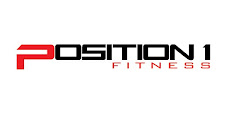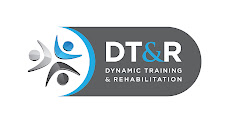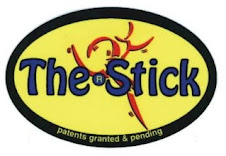A story about fascia.........
 Fascia is a thick membranous envelope with a lubricating fluid. This is a continuous tissue that extends from head to toe, front to back, surrounding every orgran, blood vessel, nerve, muscle, EVERYTHING!.
Fascia is a thick membranous envelope with a lubricating fluid. This is a continuous tissue that extends from head to toe, front to back, surrounding every orgran, blood vessel, nerve, muscle, EVERYTHING!. The purpose of the Fascial System: The Support and Lubricate. An example of this is to create a gliding in between tissue, orgrans, and bone without any "catch"
What if there is an Adhesion between Neighbouring Tissues?
There will be pain in the area, due to friction of the surrounding tissue's, and there will be dysfunction along the myofascial chain.
An untreated scar will cause this. After the scar has become adhesed, it will bind all the tissue's, decrease the fluid, and increase the friction. No matter how many passes or SFMR techniques you perform, this will not decrease!
A common treatable scar that we see on a weekly basis at DT&R is a Scar from Appendix Surgery. Patients usually come into our office complaining of shoulder or knee pain, and after evaluation, we discover an adhesion, "unhappy" scar.
This scar sits right at the change of direction in the Anterior Spiral Fascial Chain and will cause a inferior tension on the Shoulder Joint, and Superior tension on the opposite knee!
Now, if you are a trainer or coach reading this blog, SCARS can cause havoc and headaches if you are trying to get your clients tissue to become more "pliable".
We receive emails from trainers all the time asking what the next step is and what to do if you came across a road block in SMFR....
The best way is to refer out, and get the scar to become pliable and moving better, then the practitioner should send that client back to yourself to work on the rest of the Soft Tissue and Myofascial Work.
What will the practitioner do?
- Graston or SASTM Technique
- Massage: Frictions around the Scar or Adhesed area
- Osteopathy: Scar Work (In my opinion, one of the best routes to go!)
How do you know if the scar is adhesed?
There is a simple way to assess if a scar is adhesed and causing issue or not.
1) Find the Scar
2) Go 2 Finder breathes Medially, Laterally, Inferior, or Superior from the scar site
3) Slightly contact skin and Fascia, then apply tension distally from the Scar
4) DOES IT MOVE??
If it does, there is an adhesion present. Refer or work with a practitioner that performs scar work, or Myofascial Release. Once treatment is underway, start to foam roll, use the stick, and other other tool become mobile, strong, and healthy!
On a separate note, we are going to dive into more BUSINESS info on here. If there is anything that you would like covered, post it at the bottom.
























